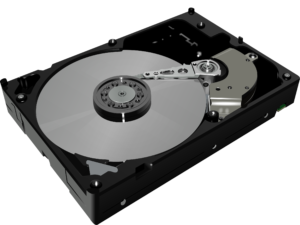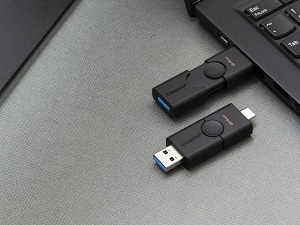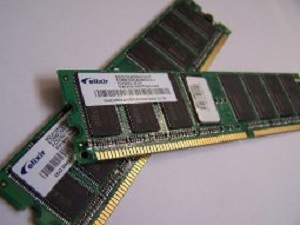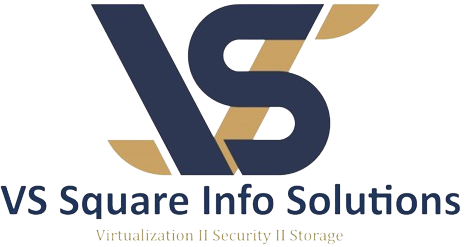Storage Devices
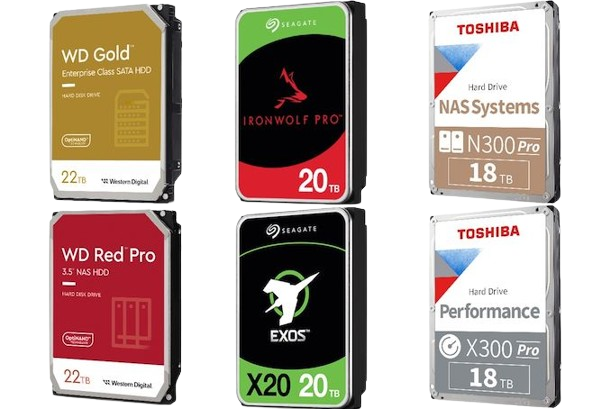
Storage Devices
Hardware components or peripherals used to store and retrieve digital data. They are a fundamental part of modern computing systems and are responsible for holding operating systems, software applications, user files, and various types of data. There are several types of storage devices, each with its own characteristics, advantages, and use cases. Here are some common types of storage devices:
Storage Devices Supported
The high-tech data recovery tool can easily recover lost data from almost any
devices or storage media.
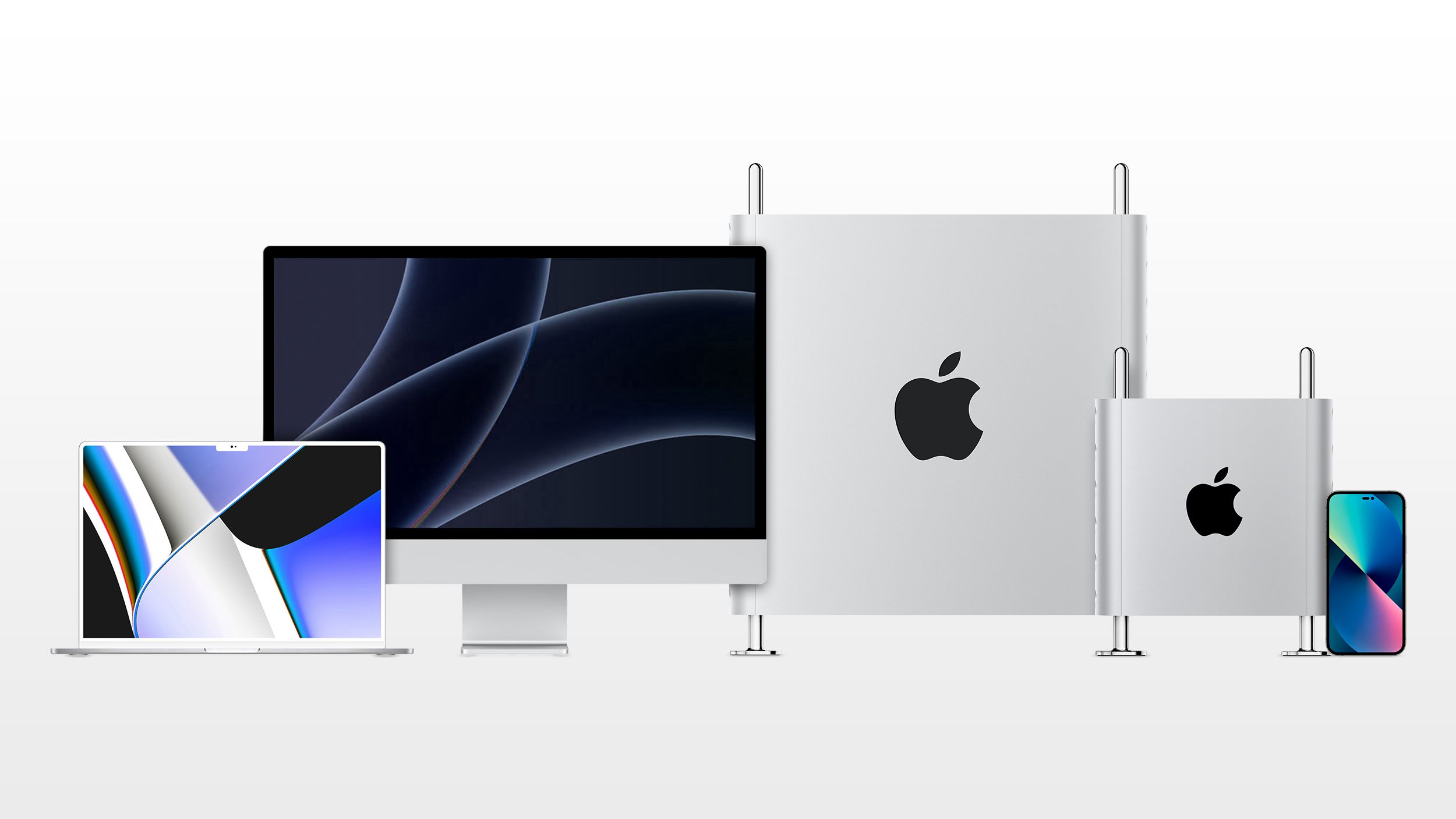
Solid-State Drives (SSDs)
SSDs are non-mechanical storage devices that use NAND flash memory to store data.
They offer faster data access speeds, lower power consumption, and greater durability compared to HDDs.
SSDs are popular in laptops, desktops, and as storage upgrades for older computers.
USB Flash Drives
USB flash drives are small, portable storage devices that connect to a computer via a USB port.
They are used for transferring and storing data, and they are very portable.
USB flash drives have relatively smaller storage capacities compared to HDDs and SSDs but are suitable for carrying important files and data backups.
Memory Cards
Memory cards are used primarily in digital cameras, smartphones, and other portable devices to store photos, videos, and other media.
Common formats include SD cards, microSD cards, and CompactFlash cards.
They come in various storage capacities and are easily interchangeable between devices.
Network Attached Storage (NAS)
NAS devices are specialized storage solutions that connect to a network and provide shared storage space to multiple users or devices.
They are often used in homes and small businesses for centralized data storage, backup, and media streaming.
Cloud Storage
Cloud storage services offer online storage solutions where data is
stored on remote servers accessible via the internet.
Examples include Google
Drive, Dropbox, and Amazon S3.
Cloud storage provides flexibility, scalability, and accessibility from anywhere with an internet connection.
Optical Drives
Optical drives, like CD/DVD/Blu-ray drives, use optical technology to read and write data to optical discs.
They were more common in the past for installing software and playing media but have become less prevalent with the rise of digital downloads and streaming.
Tape Drives
Tape drives use magnetic tape as a storage medium and are often used for long-term archival
and backup purposes.
They have high storage capacities but relatively slower data access speeds
compared to HDDs and SSDs.
The choice of storage device depends on factors such as data storage needs, performance requirements, budget, and portability. Many modern computing systems use a combination of storage devices to balance speed, capacity, and cost effectively.
